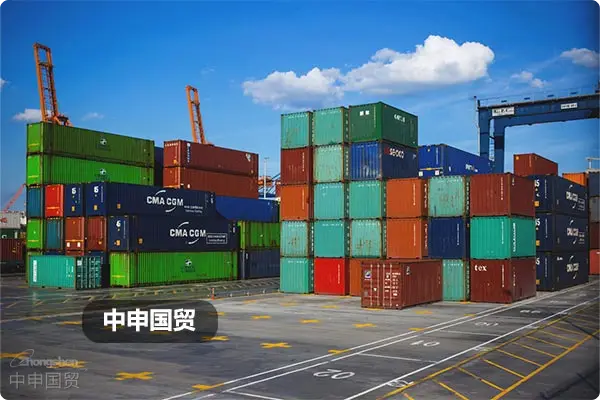- Shanghai Zhongshen International Trade Co., Ltd. - Two decades of trade agency expertise.
- Service Hotline: 139 1787 2118

Contents
ToggleEquipmentImport RepresentationThe core value proposition of fees
According to the latest "Accounting Standards for Business Enterprises No. 4 – Fixed Assets" in 2025, the agency fee for imported equipment falls underTo bring the asset to the intended usable stateThe necessary expenses. Specifically including:
- Professional customs declaration service fee
- Transportation Insurance Coordination Fee
- Technical document translation and certification fees
- Customs Classification Dispute Resolution Fee
The Financial Balance Between Capitalization and Expense Recognition
Calculation formula: Tax rebate amount = (Invoice amount × Tax rebate rate) - Agent service feeEquipment ImportsCase comparison shows (unit: 10,000 yuan):
- Capitalization Treatment Group
- First-year depreciation deduction: 42.6
- Five-year cumulative tax savings: 118.4
- Expense treatment group
- Deduction in the current year before tax: 80
- Turnover rate of funds increased: 15%
Key Impacts of the 2025 Customs Policy Reforms
In accordance with the requirements of Announcement No. 198 from the General Administration of Customs:
- Royalties must be declared separately.
- Related-party transaction agency fees require the provision of pricing basis.
- A price challenge is triggered when the proportion of service-related costs exceeds 15%.
Four Implementation Steps for Compliance Operations
- Contract splitting technology: Separate the equipment entity from the value-added service terms
- Cost Collection System: Establish a mapping table between HS codes and accounting subjects
- Voucher Management Mechanism: Preserve the original bargaining records and payment vouchers.
- Dynamic Assessment Model: Calculate the tax burden differences for different treatment solutions on a quarterly basis.
Common Misconceptions and Coping Strategies
- Myth 1: Fully included in the original value of the equipment
Response: Split the costs of the transportation segment and customs clearance segment based on the actual nature of the service.
- Myth 2: Simply allocate in proportion to the costs.
Response: Adopt activity-based costing to track specific service processes.
Industry Best Practice Cases
A semiconductor equipment import project has been approved.Deferred capitalizationImplementation Plan:
- Initial expense deduction reduces the income tax base.
- The capitalization of the debugging phase extends the depreciation period.
- The overall tax-saving effect has increased by 23%.
Through a systematic cost management solution, enterprises can not only meet customs regulatory requirements but also achieve dual optimization of capital utilization efficiency and tax benefits. It is recommended to establish a cross-departmental collaboration mechanism that integrates financial, procurement, and customs data flows to form a dynamic cost management closed loop.
Related Recommendations
? 2025. All Rights Reserved. Shanghai ICP No. 2023007705-2  PSB Record: Shanghai No.31011502009912
PSB Record: Shanghai No.31011502009912










